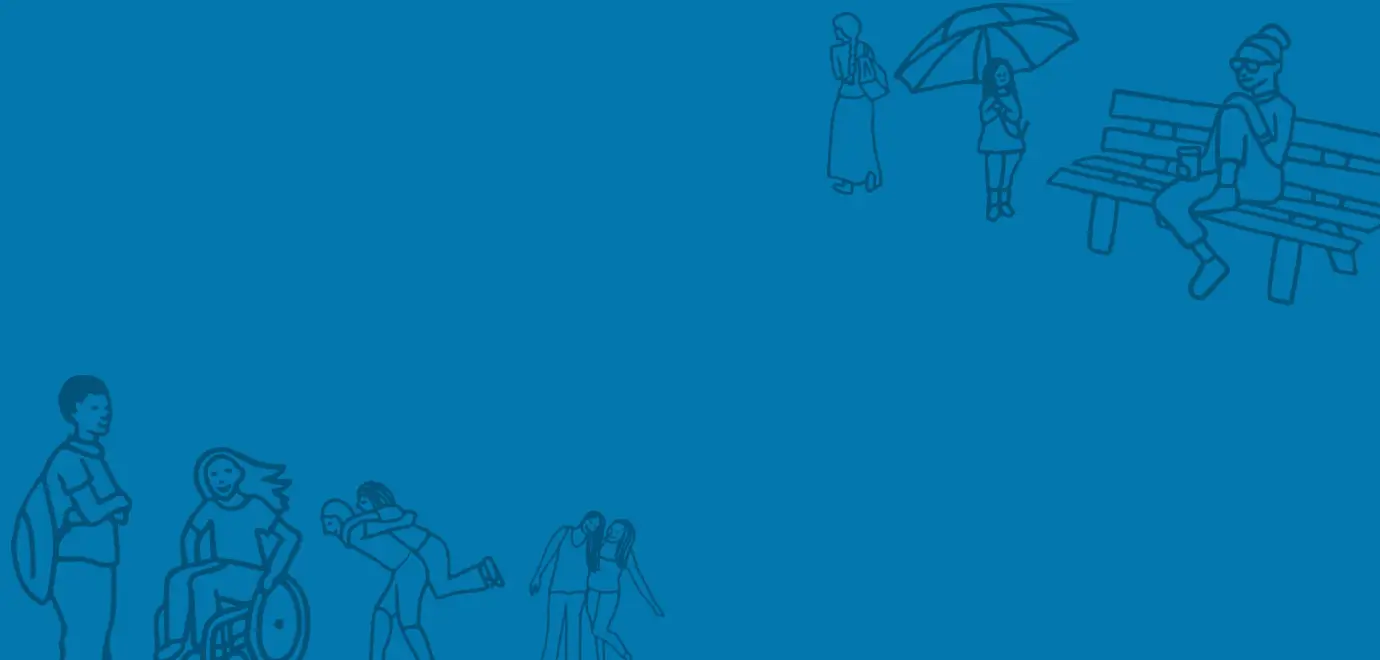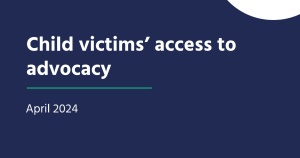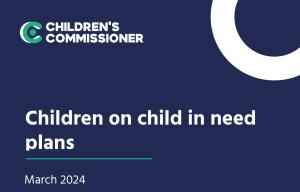Every child deserves a safe and loving home – either with their own family or, if that is not possible, in a stable, caring alternative. As Children’s Commissioner, I have heard from children across the country, including in my recent independent Family Review about just how central a loving home is for every child to be happy, and to succeed.
Sadly though, there are still too many children who are do not have that stable base. And particularly worryingly, every year thousands of children aged 16- and 17-years old are presenting to their local authority as homeless. I don’t believe that we should accept the idea that a child should ever be considered ‘homeless’. If a 16 year old cannot live with their own family, because they have been kicked out or their relationships have broken down, they are not ‘homeless’, they are a child in need of care. So, children’s social care should be stepping in to make sure that a safe and loving home is found.
That is why I wanted to shine a light on this issue, to understand what is happening across the country and how we can support these young people more. I have used my statutory powers to understand the numbers of young people who are presenting as homeless. The numbers are concerning, with around 6,500 16- and 17-year-olds reported to be presenting as homeless last year. About 1,000 of the children presenting as homeless were unaccompanied children seeking asylum (UCSA), although this figure doesn’t include the large number of children placed in hotels when they arrive. However, I am concerned that the data will show just one part of the problem, with children affected by homelessness often not reporting to their local authority and instead in informal arrangements like sofa-surfing or staying at friends.
Too many of the children who do present to their local authority, are not getting the care they deserve and are entitled to. This new data shows for the first time that of the 4,879 children who weren’t UCSA who presented as homeless only 40% were accommodated. But I am perhaps even more concerned by the fact that the majority of children accommodated were not taken into care, as statutory guidance is clear they should be – unless they refuse it – with the legal protections that entails. Only 39% were taken into care (under section 20 of the Children Act) while the majority, 61%, were simply accommodated under housing legislation.
Legislation has been introduced that means the settings children in care aged 16 and 17 can be placed in will be regulated and have to meet certain standards. However, this report raises several concerns about those standards. Firstly, they will not apply to children who are not in care – and as this report reveals, that is the case for the majority of 16- and 17-year-olds who present as homeless. Secondly, and more fundamentally, the regulations will only legally allow providers to deliver ‘support’, not care. Every child, whatever their age, needs to live somewhere where they can be cared for.
This report also helps us to understand some of the drivers of youth homelessness, among those aged up to 24. The latest government statistics show that over the past year 55,250 young people between 16 and 24 presented as homeless in England, of which 2,340 (5%) were aged 16 or 17. 1If this group of 16- and 17-year-olds are not being provided with the care that they are entitled to it will only store up difficulties in the long-term. To address youth homelessness, we need to start here.
These young people who are the focus of the report are all vulnerable, and are all children. All of them should have a safe caring place to call home. I have provided recommendations at the end of this report so that we can ensure that is the case.





